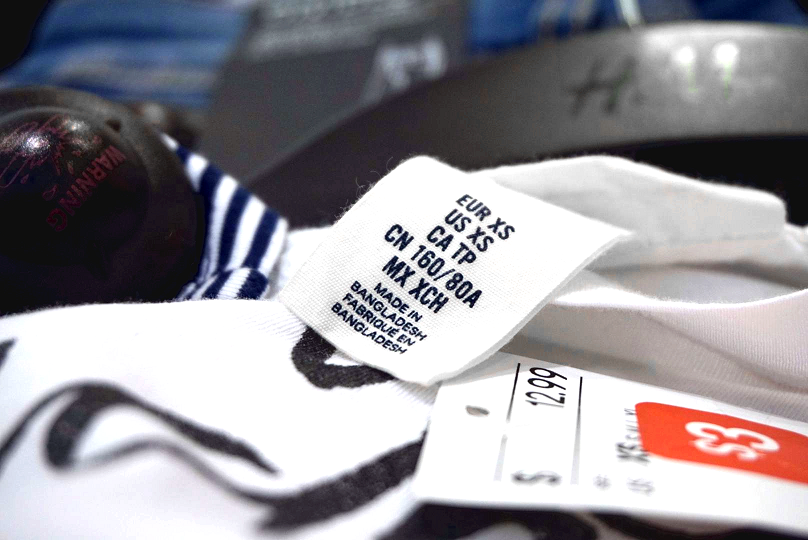Cheap Clothing Comes at a High Cost
February 22, 2017
Photo by: Cheyenne Tex
After making more than $600 million in annual sales during its peak, the assets and intellectual property of American Apparel have been sold to Gildan Activewear Inc., according to “American Apparel Bankruptcy Deal Leaves Retail Future in Doubt”published by Bloomberg News.
Although American Apparel’s motto was “Made in USA,” Gary Bell, spokesman for Gildan, could not confirm whether or not American Apparel’s products would continue to be produced in the U.S. or specifically in the Los Angeles facilities, according to “American Apparel Seeks Bankruptcy Protection a Second Time.”
With most of America’s clothes already being made in other countries, it’s not abnormal to see this retailer looking to other countries for production, Aaron Pankratz, FCC professor in the economics department said.
This may not mean the end of American-produced clothing, but outsourcing is a reoccurring trend for retailers.
So, why use other countries?
Labor is cheaper, which means clothing can be cheaper.
From a business standpoint, countries determine who would give up the least to make the most.
Other countries pay workers less, which means they put less money into labor. So, the benefit is cheaper clothes, and America can focus on producing other products in, perhaps, agriculture.
Cheaper labor, nonetheless, doesn’t mean there are no other costs.
Workers in some clothing factories are underpaid, overworked and injured.
Retailers like H&M produce clothes in such factories including ones in Bangladesh, according to Rachel Abrams in the New York Times article, “Retailers Like H&M and Walmart Fall Short of Pledges to Overseas Workers.”
The Rana plaza factory in Dhaka, Bangladesh incurred a loss of more than 1,100 workers when a factory collapsed three years ago, and the fight for safer working conditions continues.
Forever 21 is another retailer known to underpay workers in their Los Angeles factories, according to Natalie Kitroeff in the LA Times article, “Factories that made clothes for Forever 21, Ross paid workers $4 an hour, Labor Department says.”
Yet, some FCC students said H&M and Forever 21 are places they shop.
Many of the students said that they don’t consider where their clothes were made.
“We don’t really think about it on a day-to-day basis,” Jessica Santiago, early education major, said, adding that she would consider changing where she shops.
For others, these factories are places where people go to make a living and the cheap prices are convenient.
“H&M’s plain tees are cheap and convenient financially,” Juanita Placido, freshman, said.
So, cheaper labor means cheaper clothing. People can buy more, which increases living standards.
But is more really better?
Do the benefits outweigh the human cost?
At the time of bankruptcy in November 2016, American Apparel employed about 4,700 people, according to the Bloomberg News article.
The job loss is apparent, but that just means that America loses jobs in the garment industry, Pankratz said. America may begin producing other products like the machines used for other countries to make the clothes, but we shouldn’t ignore the poor working conditions.
Our living standard is higher, but it is at the cost of human lives.
Consumers should consider where they shop. Ultimately, it’s consumers’ money that supports these retailers’ irresponsible practices.
